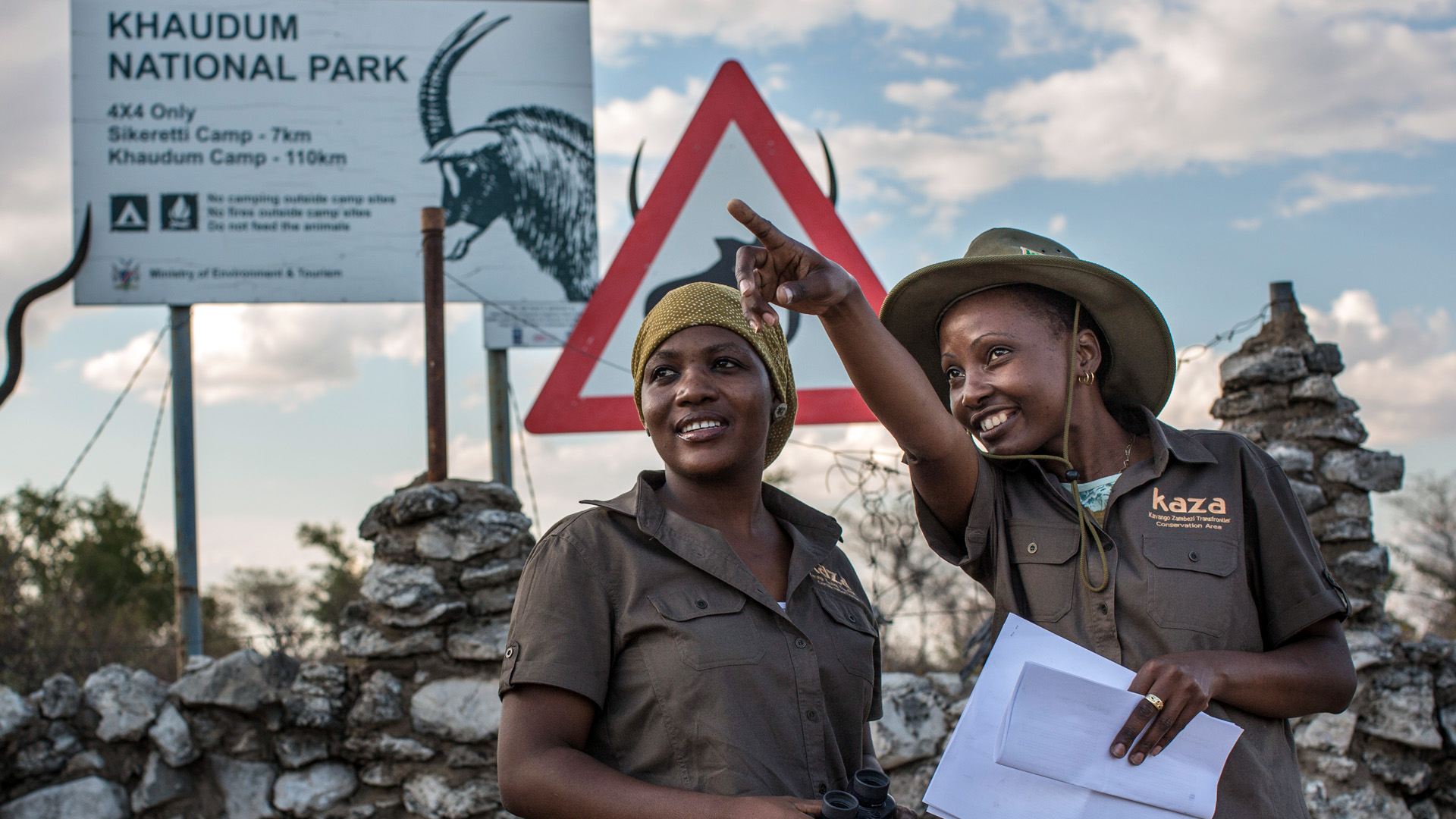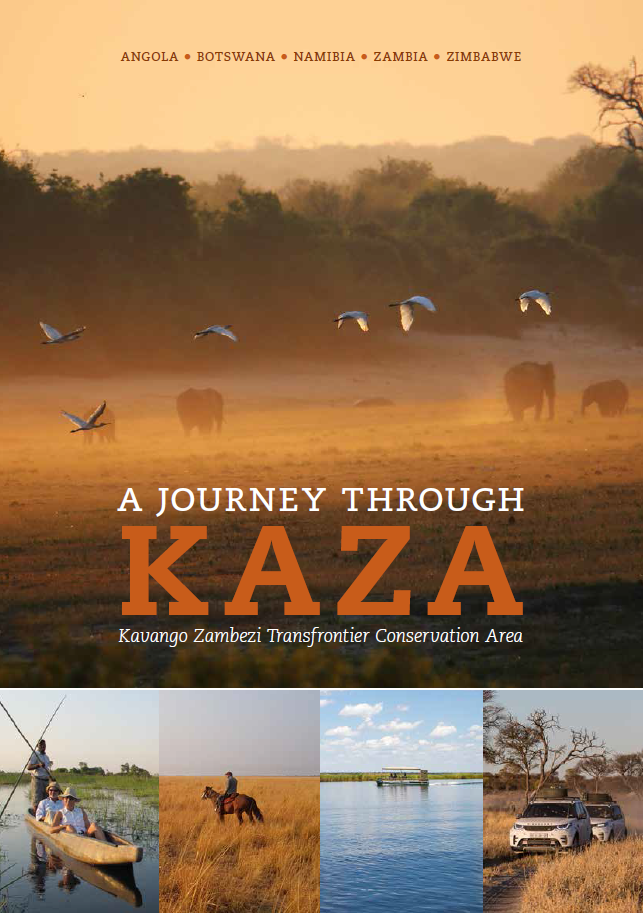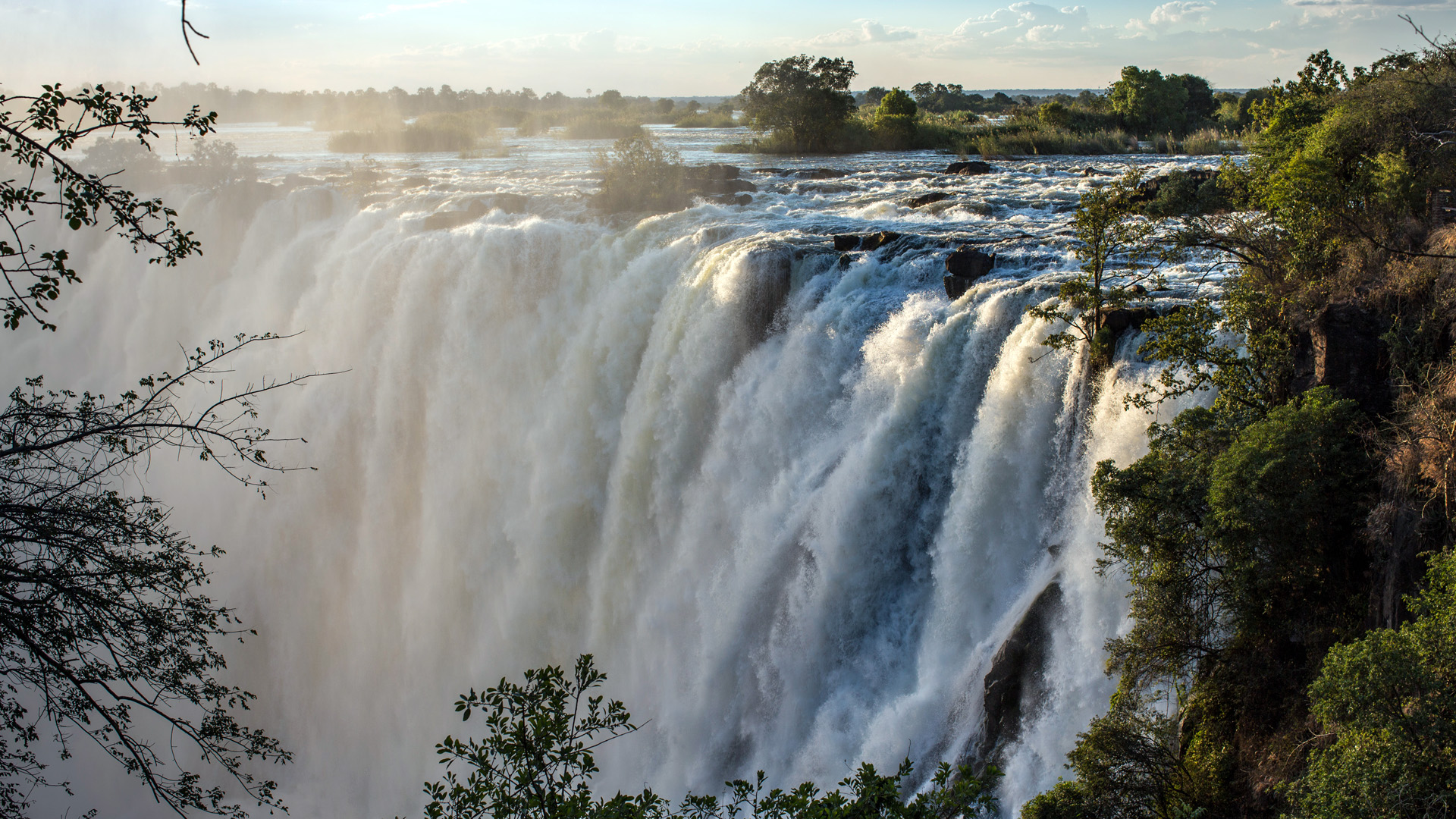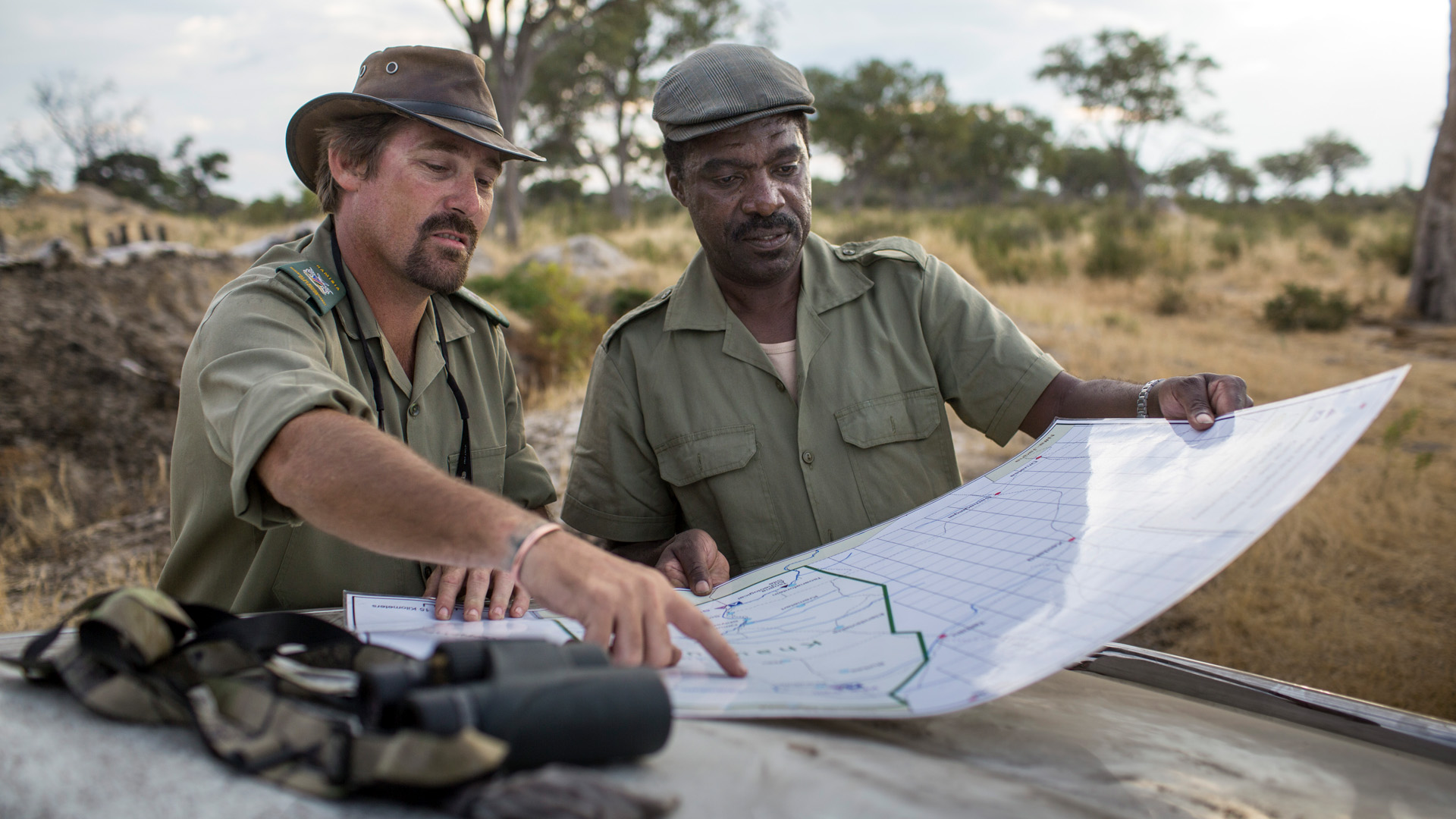Rangers in Namibia's Khaudum National Park, which is part of the cross-border KAZA project
Copyright© Thomas Imo/photothek.net
Cooperation in action KAZA – Transfrontier nature conservation
With its approximately 520,000 square kilometres, the conservation area is larger than Spain (506,000 square kilometres). Apart from biodiversity conservation, its main purpose is the sustainable development of tourism and sustainable economic development in the participating countries.
In mid-2011, the five countries' heads of state signed an agreement getting the scheme under way. The ambitious project was officially launched in the first half of 2012. Constructive cooperation between the governments of the KAZA countries cannot be taken for granted, as, in the past, armed clashes and diplomatic disputes between them were not uncommon.
KfW Development Bank, acting on behalf of the BMZ, is the largest financier underpinning the development of KAZA. It is working closely with other supporters, such as the United States, the European Union, the UK, the Netherlands and Switzerland, and with the Global Environment Facility (GEF) and non-governmental organisations, for instance the World Wide Fund For Nature (WWF) and the Peace Parks Foundation. On behalf of the BMZ and the EU, GIZ has been assisting the KAZA management since 2018 with regard to tourism development.
The Victoria Falls near Livingstone in Zambia
Turning poachers into rangers
Ranger in Namibia's Khaudum National Park, which is part of the cross-border KAZA project
One aspect of the KAZA project is the establishment of community conservancies. This involves the central government turning over land to a community, which is then allowed to use it for economic benefit, but must simultaneously assume responsibility for nature conservation. For example, the community may rent a parcel of land to a lodge operator. The lodge creates jobs and buys food from local farmers, thus generating additional income for local people. As the guests of the lodge come for the wildlife, it now becomes more attractive to protect wild animals than to hunt them. KfW Development Bank therefore also supports efforts to train former poachers to become rangers.
Project data
Envisaged duration: 2010 to 2024
Financial volume: 40 million euros
As at: 18/07/2024



